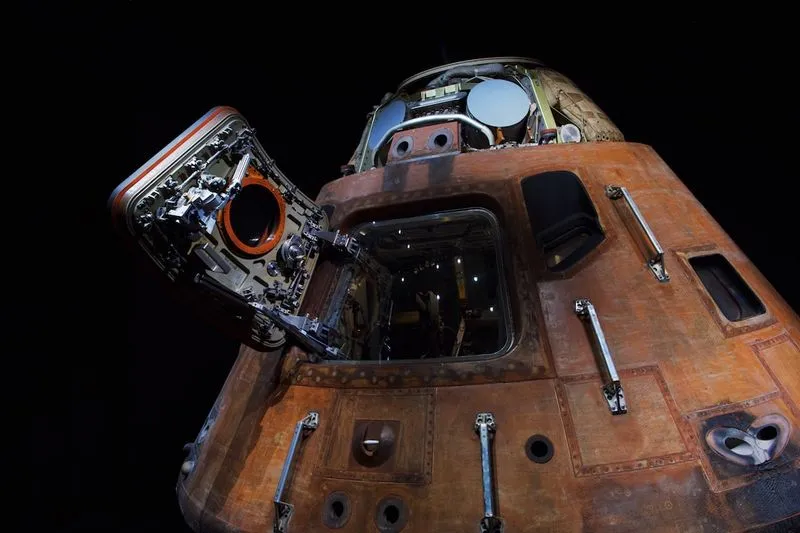
Firefly's Alpha Rocket Reaches Orbit for the Fourth Time
A Historic Launch
Firefly Aerospace's Alpha rocket achieved a significant milestone by successfully reaching orbit for the fourth time. The mission, named "Fly the Lightning," involved launching a payload from Lockheed Martin into space. However, the company has not yet provided public updates regarding the satellite's deployment to its intended orbit, raising concerns about potential issues with the rocket's second stage.
Insights into the Launch
The Alpha rocket took off from California's Vandenberg Space Force Base at 9:32 AM local time. The payload, Lockheed's Electronically Steerable Antenna (ESA) technology demonstrator, was destined for low Earth orbit. Notably, Firefly announced plans to circularize the rocket's orbit using its second-stage engine, followed by the deployment of the Lockheed Martin payload. Despite Firefly's initial announcement, the company has not shared any updates on the mission's progress hours after the scheduled deployment.
Significance of ESA Technology
Lockheed Martin's ESA technology demonstrator holds promise due to its electronically steerable antenna array, offering enhanced calibration capabilities compared to traditional on-orbit sensors. The design aims to reduce calibration time from months to a fraction, showcasing substantial potential for advancing space-based capabilities.
Rapid Launch Capabilities
Firefly's focus on rapid launch capabilities aligns with the Space Force's priorities, as demonstrated during the last Alpha mission. The company's ability to complete final launch preparations within 24 hours, encapsulate the payload, and integrate it with the rocket underscores its commitment to meeting the Space Force's stringent requirements for swift deployment.
Editorial and Analysis
The successful launch of Firefly's Alpha rocket reflects the company's continued advancements in the spaceflight industry. However, the absence of updates regarding the payload's deployment raises valid concerns about the mission's completion and the performance of the rocket's second stage. Addressing these uncertainties and providing transparent communication to stakeholders is crucial for maintaining trust and credibility in the aerospace sector.
Philosophical Discussion
The pursuit of space exploration and technological innovation embodies humanity's enduring quest for knowledge and progress. While space missions entail inherent risks and complexities, they also symbolize the resilience and ingenuity of human endeavors. The challenges encountered in endeavors such as the Alpha rocket launch exemplify the iterative nature of space exploration, where setbacks yield valuable lessons and opportunities for improvement.
Conclusion and Recommendations
In navigating the intricacies of space missions, transparency, accountability, and perseverance are paramount. Firefly Aerospace should prioritize timely and comprehensive updates on mission outcomes to instill confidence in its capabilities. Moreover, the space industry as a whole should recognize the inherent uncertainties of space missions and emphasize collaborative efforts to overcome challenges and drive continued innovation. As we venture further into the cosmos, embracing the lessons learned from each mission will pave the way for transformative advancements in space exploration and technology.
Overall, the successful advancements and challenges encountered in space missions like Firefly's Alpha rocket launch serve as catalysts for continuous improvement and inspire optimism for the future of space exploration.